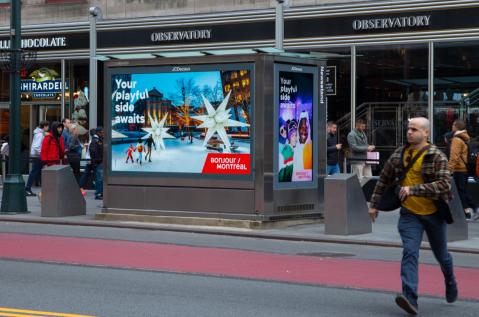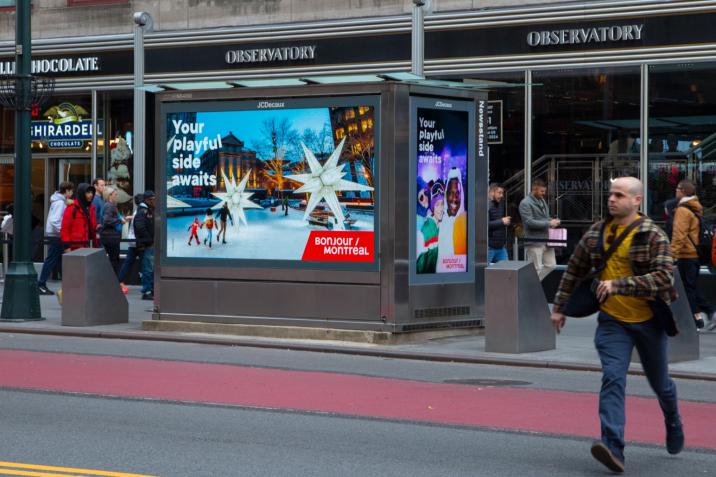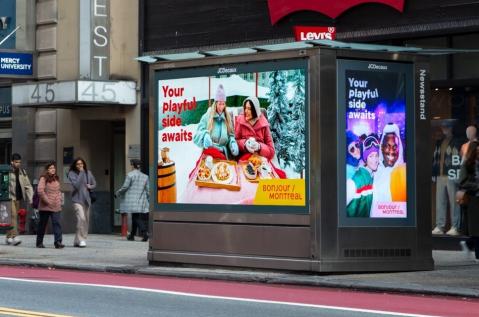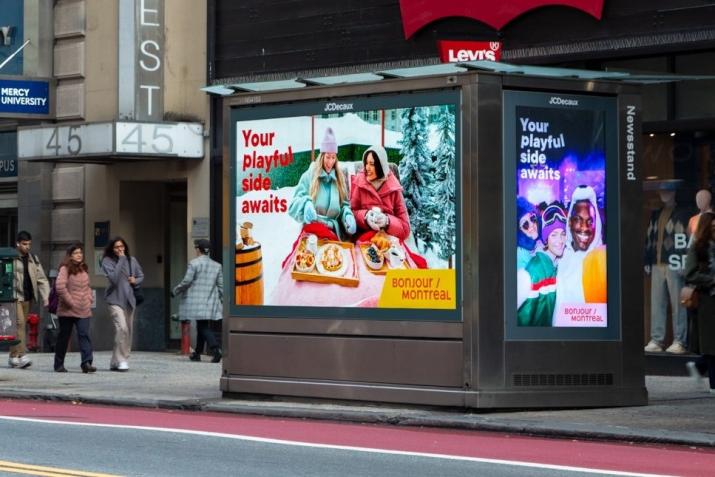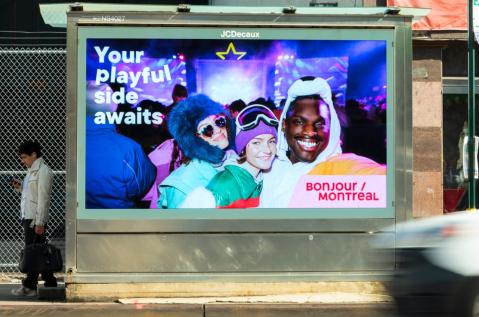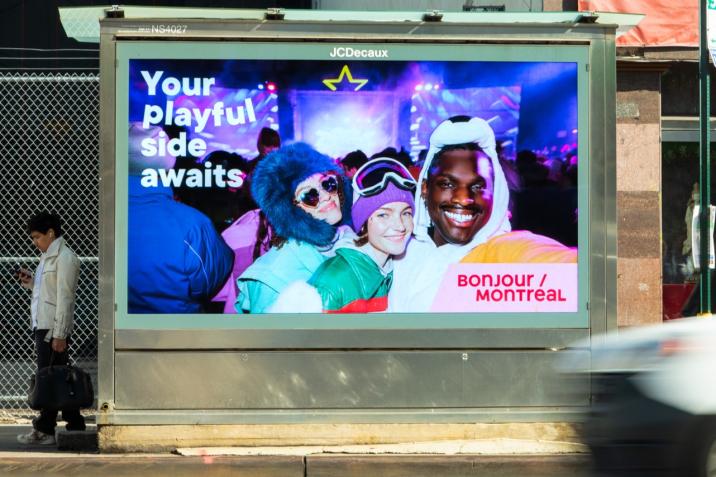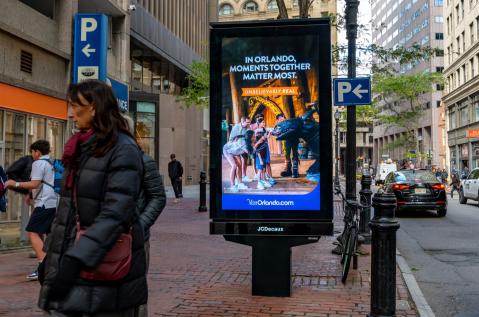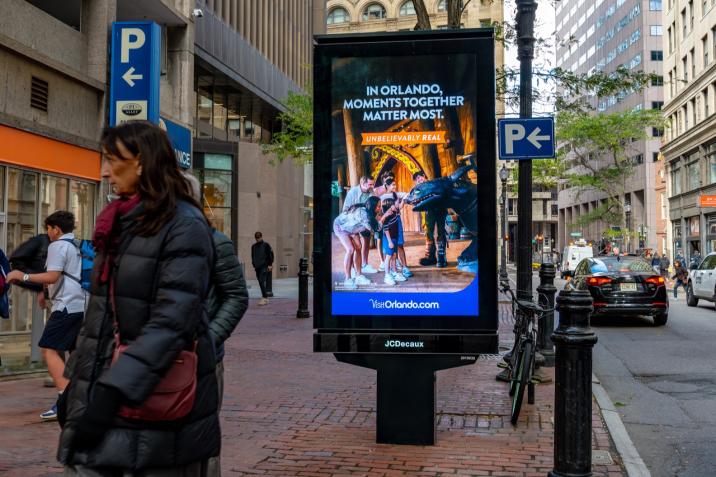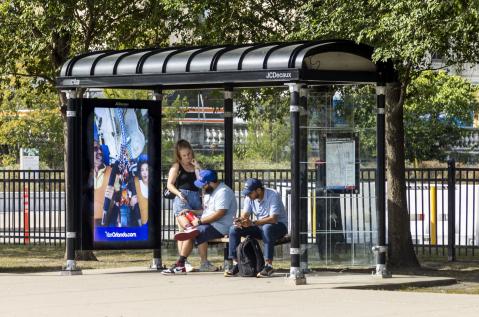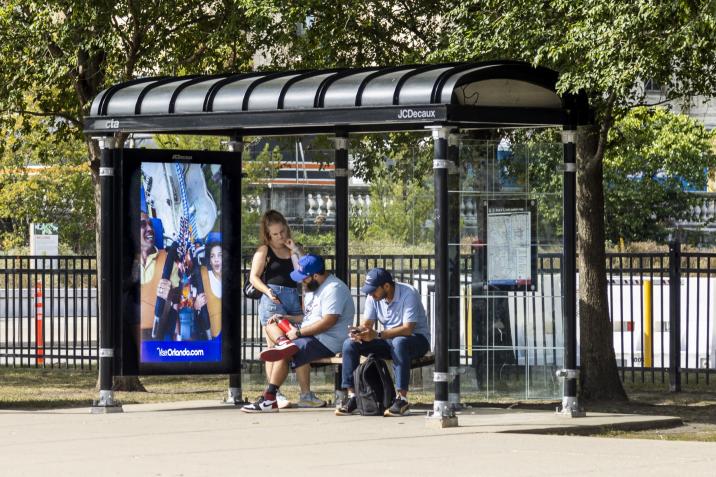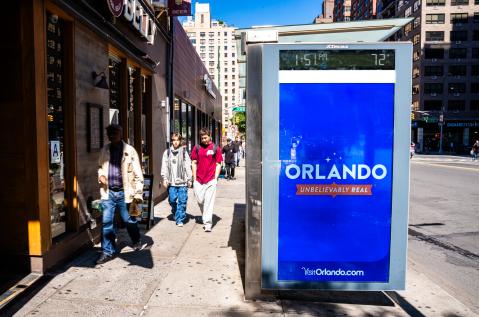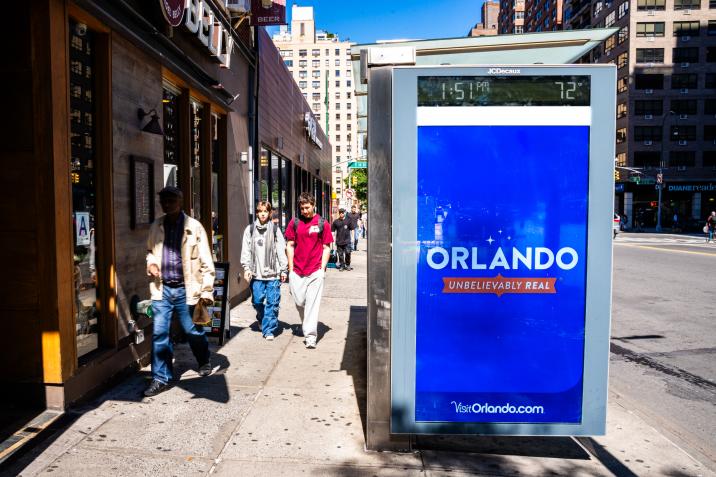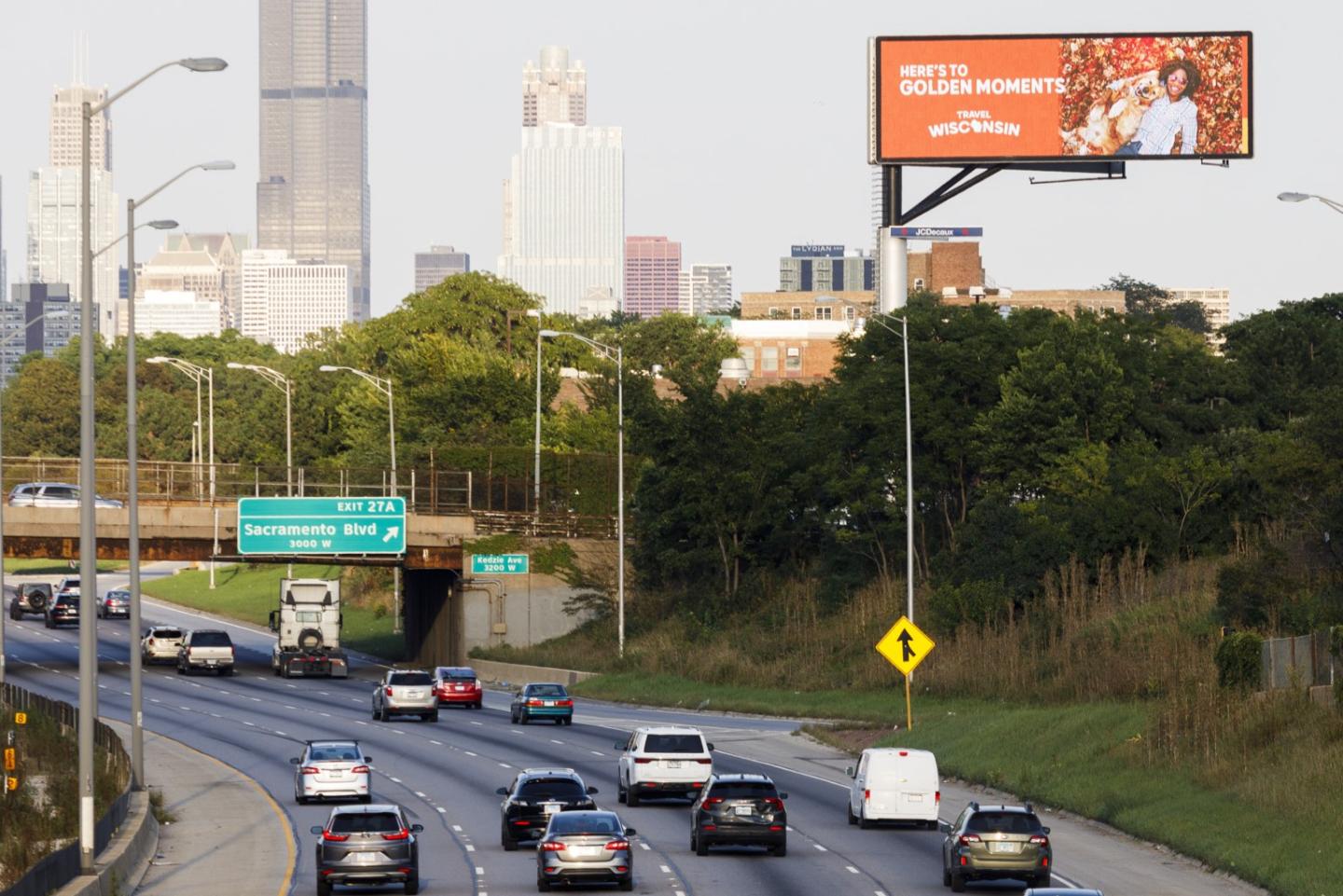OOH is continuing to prove how it’s a powerful influence on how people dream, plan, and book their journeys. Urban commuters, students, and families spend hours each week in public spaces where OOH naturally integrates into their daily life. Whether it’s professionals balancing work and leisure or Gen Z travelers who want a quick getaway, these messages are a visual reminder that their next adventure is closer than they think.

